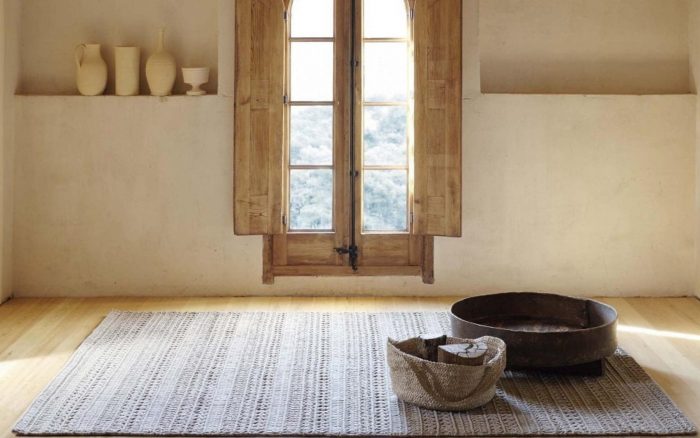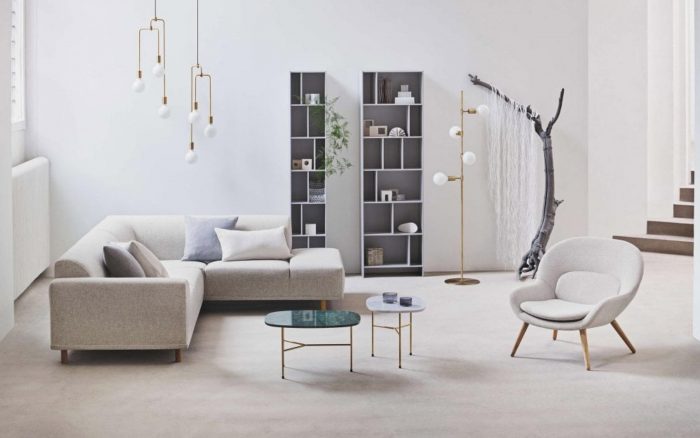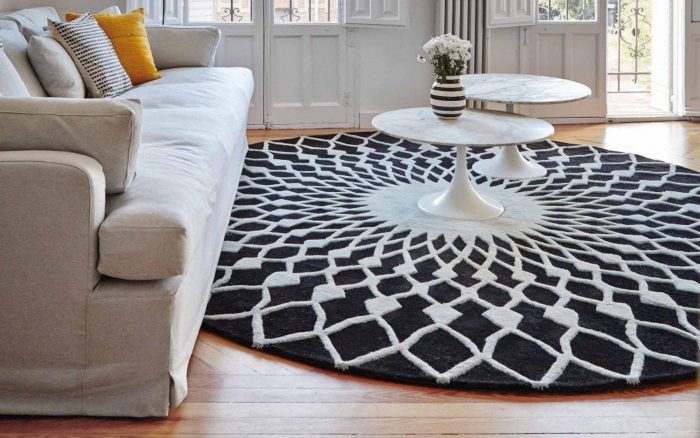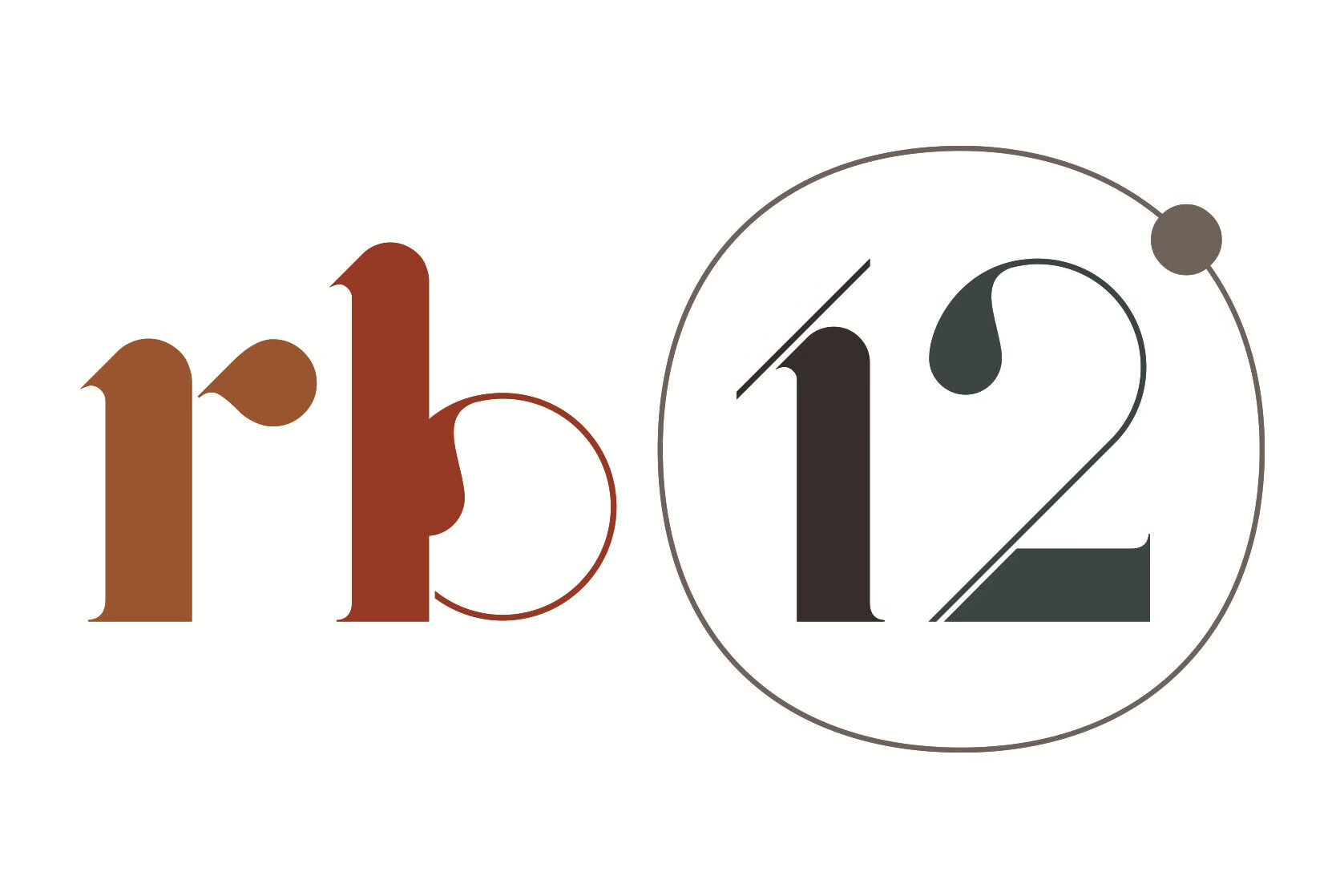
Slow living has been everywhere recently. Its rise has been incredibly fast for a movement all about keeping it slow.
You’re probably asking yourself the same questions as we have at RB12 about this blossoming movement. Don’t worry. We’ll guide you through it all right here.
So, what is slow living, and how does it impact luxury furniture? Let’s find out.

How did the slow movement start?
Slow living originally began in 1986 when Caro Petrini protested against the opening of a McDonalds in the beautiful city of Rome. Soon a movement against fast food started to make people sit up and notice.
By 2004, the slow movement was created by Carl Honoré, who wrote the self-help and improvement book, In Praise Of Slowness: Challenging The Cult Of Speed. Soon the principles of the slow living movement began to be applied to lifestyle, sport, fashion, and more facets of our daily lives.

What is slow living?
Contrary to its namesake, slow living has nothing to do with moving at a slow speed.
Slow living encompasses a mindful approach to creating a lifestyle in line with your values. Self-reflection and self-awareness are key to slow living. These purposeful choices involve taking into consideration your wellbeing and the planet.

Consumers have been experiencing life in the fast lane since mass consumption became mainstream in the eighties. Convenience was prioritised above all, and with everything being so quickly produced, culturally, we became accustomed to hyperconsumption.

What is the slow living aesthetic?
In a nutshell, slow living means finding a balance and focusing on what matters most. Instead of achieving a goal quickly, sometimes it is necessary to go slower to do something better long term.
Slow living begins at home. Our homes are where we spend most of our time and should be where we feel safe to be ourselves, free from stress.
There are various ways to incorporate the slow living aesthetic into your decor. Think neutral tones and repetitive patterns that are not too harsh. Pops of colour can be incorporated into the slow living aesthetic but should not be overbearing. Think cottage core meets modern, clear spaces.
Arranging your furniture to create a harmonious atmosphere is a good place to start. Apply feng shui principles that ensure your home is free from clutter and arrange your furniture to create a smooth transition between spaces.

Is slow living sustainable and eco-friendly?
When slow living was primarily associated with food, it began with the acronym S.L.O.W: Sustainable, Local, Organic, and Whole.
These principles can also be applied to furniture. Eco-friendly, sustainable furniture represents all the ethos of the movement.
Caring for the environment and people is truly important in slow living. Sustainably sourced and high-quality materials made locally and in fair working conditions are at the heart of both the slow living movement and many of our favourite furniture brands at RB12, such as Armadillo, Gan, and more.
How can I incorporate slow living into my home?
Slow living means making conscious, purposeful decisions to benefit your well-being and then the environment. To truly slow down and create the ultimate slow living sanctuary at home, here are our top six tips:
Invest in higher quality luxury furniture.
High-end furniture is pricier but cheaper long term. It is usually handmade by artisans in local communities and craftsmen who have been refining their art for generations. You can often customise high-end furniture to suit your needs, and each piece is truly unique.
Consume less.
Less is more in the slow living movement. Investing in key staple pieces of furniture made to the highest quality standards allows you to enjoy it in your home for years.
Consider upcycling and repairing existing furniture.
If your furniture shows signs of wear and tear, it may be better to have it repaired. The main essentials like sofas and armchairs can be reupholstered depending on the material and damage. Good quality furniture can always have a quality second life. If the damage is a slight chip, don’t worry, it signifies that a piece is well-loved.
Buy sustainable furniture.
Sustainably made furniture is key to slow living. It’s often handmade but is also created using materials that can be recycled. Any natural fibres like leather or wool in sustainable furniture are ethically sourced, and their origins are clear to us as consumers.
Choose limited edition furniture.
Limited edition furniture gives you the luxury of being one of the lucky few to have got your hands on a special piece of furniture. Not only will your home appear more unique with limited-edition finds, the smaller batch numbers mean that less energy is required to create the furniture.
Shop local.
Slowing down our spending habits will reduce waste and our carbon footprint. Try to shop locally wherever possible or at least from an area that would not require your furniture to travel too far via delivery. If you can’t find what you’re looking for nearby, consider investing in furniture by a design house that gives back to its’ local community.
Slow buy and invest in sustainable luxury furniture at RB12
At RB12, we’re proud to work with the best design houses, craftsmen, and furniture designers to ensure your home can be your own sanctuary that embodies your values. Explore our luxurious high-end furniture collections and invest in sustainable home furnishings available at RB12 online.
